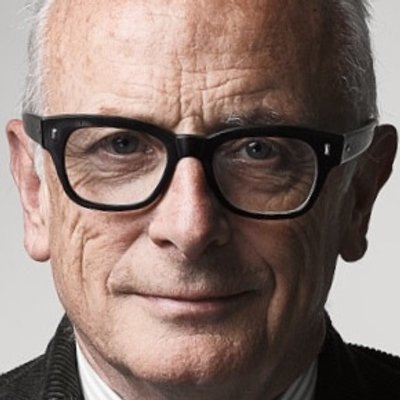Post
Chairman's Letter - September
5 Sep 2017
I write this from Seoul where I am attending the inaugural Architecture Biennale. To be able to review the upcoming programme of the Society from the other side of the world allows a certain sense of detachment and reinforces one's views of London's unending fascination as a city of great historic complexity and contemporary change.
The autumn's programme is a great reflection of this. The story of the great estate of the City of London, created from medieval land swaps, crumbling city walls and the dissolution of the Greater London Council, will be told by Michael Welbank, a former President of the Royal Town Planning Institute but also until recently Chief Commoner of the City Corporation, one of the most ancient of official posts. Victor Callister, who until he moved to the Design Council was responsible for the transformation of public spaces in the City, will take us on a walking tour to look at the complex area around Chancery Lane, its links with the Knights Templar and the Inns that contain it. And then there is the Banister Fletcher Lecture to be given by Loyd Grossman, a former architectural writer, guitarist, TV presenter, foodie, Chairman of NADFAS and the Royal Parks, he is also a member of the Court of the Worshipful Company of Art Scholars - which takes us back to the City of London and its ancient governance.
The U+I property company recently erected an artwork by Peter Liversidge on the front of its Victoria offices which in illuminated letters boldly states "Everything is connected". London's history can be traced not only through its physical fabric but the less tangible networks that are also part of our heritage as a city.
The full list of forthcoming events is available here.
